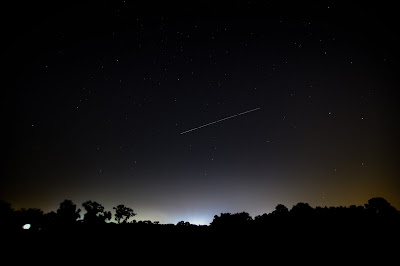One of my friends (Chris Ang) suggested I change my white background to a color. I did some timing experiments today against a white background and arrived at a more or less stable set of parameters (delay and drop size). The result was that often there was a white mist associated with a collision between drop and Worthington jet and the mist appeared directed downward. The Pluto parameters for the collisions below were: flash delay:70 ms, drop 1 size: 4 ms, drop 2 delay 55 ms, drop 2 size: 5 ms.
Professor A. L. Yarin at the University of Illinois, Chicago has suggested
"Nobody saw what you found due to chaging the background, as to myknowledge.
However, this resembles something which was discussed in relation to drop
breakup: viscous stripping. I mean a very fine atomization due to
viscous vorces from the air side stripping a thin layer from the drop on
top of the Worthington jet (in your case). I bet you can try to publish
your finding with more details and analysis, e.g. in Experiments in
Fluids."
No discernable mist - perhaps a collision is necessary
Mist projected downward below the smaller drop. Of considerable interest to me are the two vertical lines connecting the middle small drop with the large upper drop. As if the two are still loosely connected.
No discernable mist
Almost like a rocket igniting and exhaust projected downward
Mist sort of directed up then away to the sides and down. Here is another example of a connection between the two water objects - two vertical lines connecting the upper drop with the misty region above the head of the pawn
Hat formation with mist dropping from the lower edge
Update Oct. 29, 2017
The anomaly (streamers, mist ext) appears to be associated with hat or disk formation. Here are a few examples.




















































